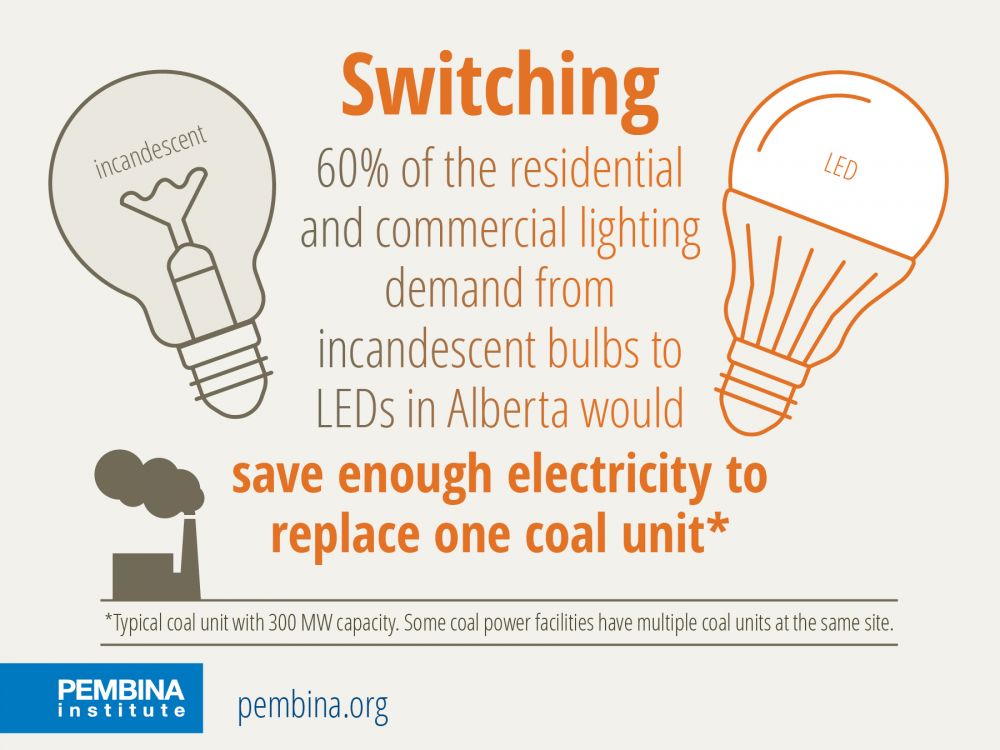
Energy efficiency is one of the most valuable energy resources. Using energy more efficiently saves money for all Albertans by cutting our personal energy costs and reducing the need to build new electricity infrastructure.
Changing how we’re accustomed to using energy is not always easy. There are barriers to changing our behaviour and to adopting new technology. Some are a lack of information, limited availability of products and services, and perceived risks or costs. To make the change easier the Alberta Government committed $566 million over three years, with funding from the carbon levy, to Energy Efficiency Alberta (EEA), to design and deliver energy efficiency programs.
Energy efficiency options
Energy Efficiency Alberta has four programs:
1. No-charge program: Over 100,000 Albertans signed up for free energy-efficient products to be installed in their homes. EEA is now in the delivery phase
2. Instant savings campaign: energy efficient products are discounted at participating retailers
3. Home improvement program: homeowners receive up to $3,500 for improvements on insulation, windows and water heaters
4. Online rebates: buyers of eligible energy efficient refrigerators, washing machines or smart thermostats can submit their receipt to receive a rebate
Typically, when jurisdictions initiate energy efficiency programs, they start as Alberta has, with the most cost-effective and easily accessible means, like supporting energy-efficient lighting and appliances. Over time, program providers will gain experience and customers will feel the benefits of efficiency. Then the variety of approaches can increase and a shift to system-wide, deep savings methods should be the end goal.
Making electricity cheaper for all Albertans through energy infrastructure savings
Energy efficiency can add up to tangible savings. For example, a typical home contains about 40 light bulbs. If they are all incandescents and the switch is made to LEDs, it would result in a combined annual benefit of roughly $210 in lower energy costs.
Apart from lower energy bills for individuals, energy efficiency benefits the entire system, because increasing energy infrastructure is less necessary.
For example, Consolidation Edison, the electric utility for New York City and Westchester Country, saved $223 million in capital investments between 2003 and 2010 because efficiency programs made transmission and distribution updates unnecessary.

What impact can energy efficiency have on infrastructure investments in Alberta? We looked at the numbers in a recent article with Trevor Tombe and Blake Shaffer in Macleans.
Assuming 60% of the lighting demand from residential and commercial buildings switches to LED lighting, the savings in electricity could make a coal unit[1] in Alberta redundant. Energy efficiency programs including direct install and light bulb rebates can help make this happen.
Instead of replacing the electricity and generation capacity provided by the coal with gas or renewables, energy efficiency measures within the utility system should be considered as the first option.
Apart from reducing the need for new power generation infrastructure, energy efficiency also reduces the need for transmission and distribution infrastructure, which in Alberta is a substantial part of customers’ electricity bills.
In the past an increase in demand for electricity was always responded to with an increase in power generation and transmission infrastructure, instead of first evaluating if this increase in demand could be met with more efficient energy use.
To reach energy efficiency’s full potential, the government should integrate it into the utility system to avoid investment in new electricity infrastructure. To achieve this, the government should establish a mandate for the regulator, system operator and consumer advocate to pursue energy efficiency and include energy efficiency into the deregulated electricity market, allowing it to compete to provide capacity.
[1] Typical coal unit with 300 MW capacity. Some coal power facilities have multiple coal units at the same site.
Until 2020, Julia-Maria Becker was the director of the Pembina Institute's clean economy program in Alberta, and the director of the Business Renewables Centre Canada.



